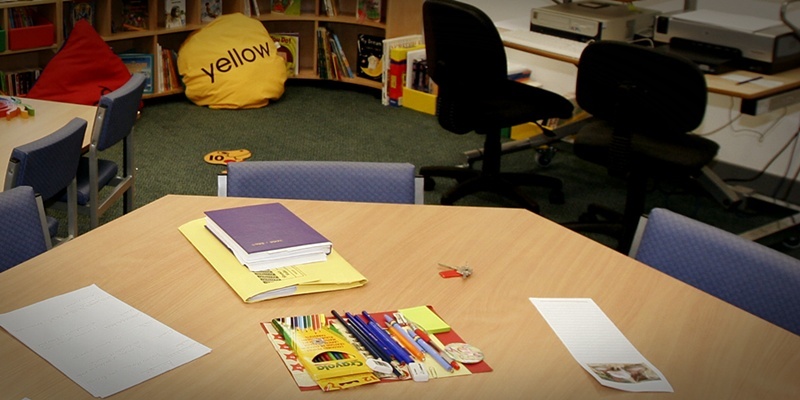There has been a rise in the number of newly-qualified teachers in Scotland securing full-time jobs.
However, a survey by the General Teaching Council for Scotland shows the proportion of teachers with a permanent contract is half what it was four years ago while temporary contracts have become more common.
Only 623 teachers who completed their probationary year in 2011 responded to the survey, out of a possible 2,748. The response rate of 23% was by far the lowest since the GTCS began its annual spring count.
Chief executive Anthony Finn said: ”The response rate to this survey is disappointing but it is still a valid sample and provides us with useful information about the employment prospects of our probationer teachers, who are some of the best qualified and most talented anywhere in the world.
”These figures show an improving picture of the job prospects for our probationer teachers.”
He added: ”There are clearly still difficulties. Too many talented teachers are struggling to find employment and there appears to be a prevalence of temporary teaching contracts which cannot be good for the stability of the profession and the consistency of teaching for our young people.
”However, it looks like the figures bottomed out in 2009-2010 and are now rising, which is a positive sign.”
The key findings include 24.9% of those surveyed have full-time permanent jobs, up from 20.5% a year ago.
However, in the 2008 survey 48% were working full-time on permanent contracts, demonstrating how difficult it has been for new teachers to find a secure position since public spending cuts put the squeeze on school budgets.
Another 34.2% of those questioned have full-time temporary contracts, up from 25.5% last time and 22.5% in 2008.
Secondary teachers are more likely to have found permanent jobs, with primary teachers more likely to be in temporary employment.
The proportion of ex-probationers who have part-time permanent jobs is up slightly, but fewer are working as supply teachers or on part-time temporary contracts.
Only 12% said they remained jobless, which is down from 16.2% in the 2011 poll.
